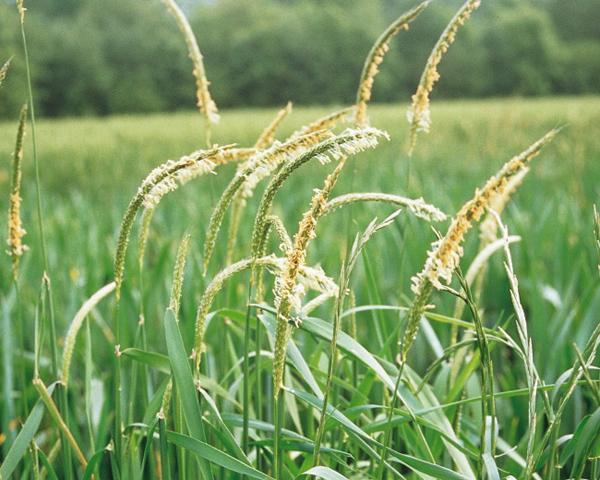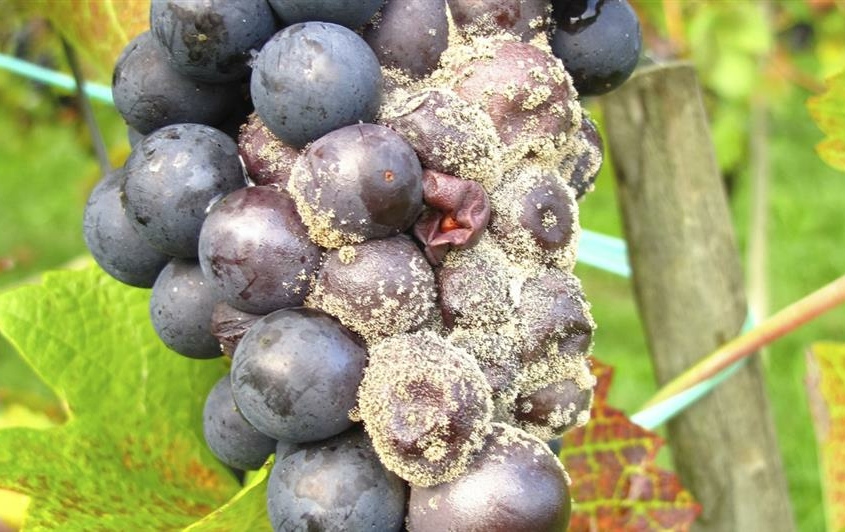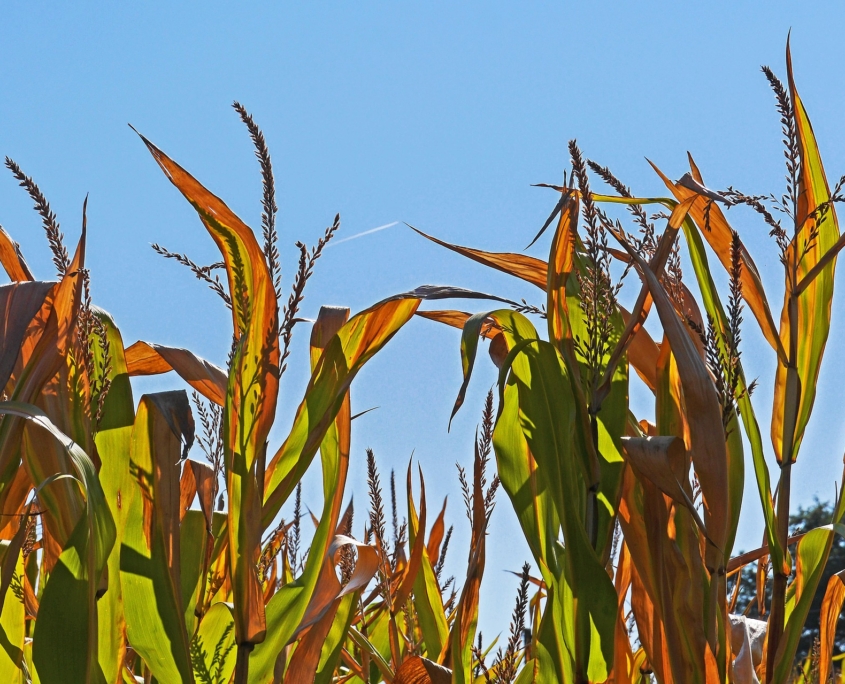Weeds
In principle, there are no weeds in nature. This is a reason we are calling them indicator plants. They are pointing towards a problem present in the soil. For example, couch grass and thistle are indicating compacted soil, resulting from a lacking soil structure, heavy soil, and heavy machinery. Couch grass and corn flower are indicating a lack of calcium resulting from herbicide application.
On the other hand, these “weeds” are involved in reduced yields by competing for nutrients, the introduction of bacterial and fungal diseases, like strawbreaker, blackleg, and the ergot fungus, to name but a few. Countering it is very simple, requires however a radical rethinking in the usage of herbicides. We will show you how to get rid of these troublesome weeds and how to save money at the same time.



